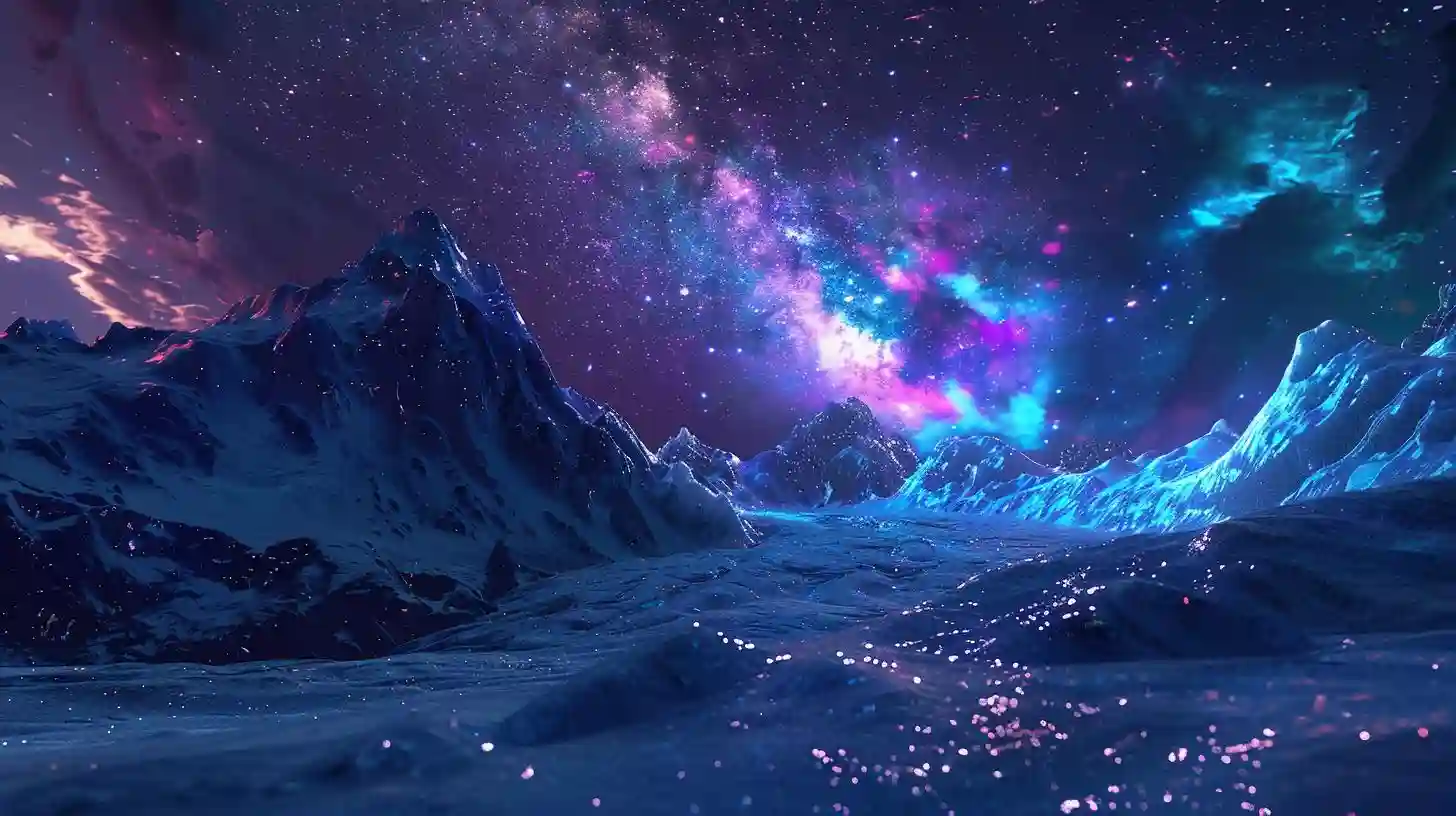
located near the Earth's magnetic poles, such as the Arctic and Antarctic. The aurora occurs when charged particles from the Sun, known as the solar wind, interact with the Earth's magnetic field. These particles are directed to the poles, where they collide with gas molecules in the Earth's atmosphere. This collision causes the gas molecules to emit light, creating beautiful and colorful auroras in the sky.
In the Northern Hemisphere, the aurora is called the Aurora Borealis, or Northern Lights, and in the Southern Hemisphere, the Aurora Australis, or Southern Lights. The colors of the aurora depend on the type of gas molecules in the atmosphere, excited by charged particles. Oxygen molecules produce green and red colors, while nitrogen molecules produce pink, purple and blue colors.
Overall, the aurora is a stunning natural phenomenon that can be seen in these high latitude regions and is a wonderful reminder of the Earth's connection to the Sun and the Universe as a whole.